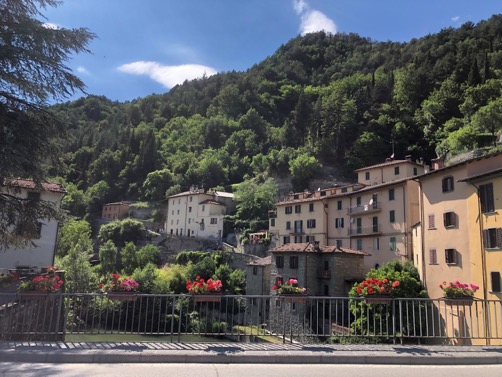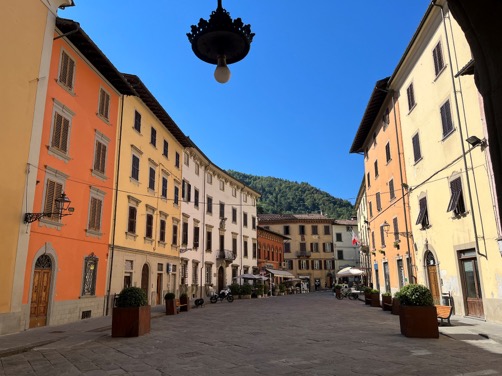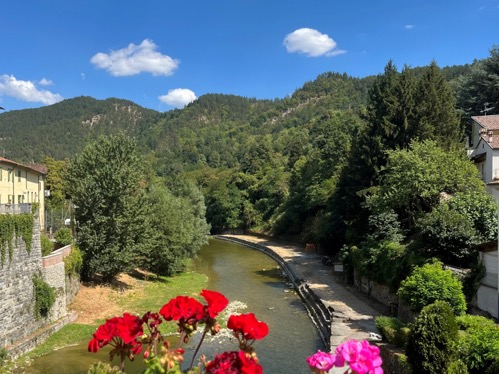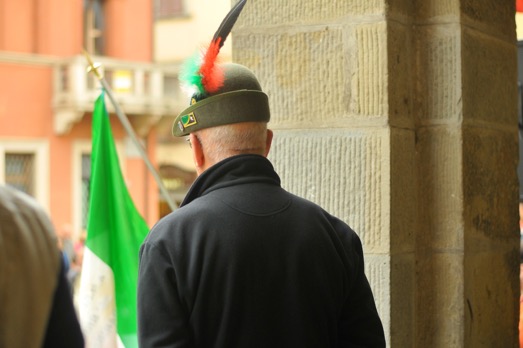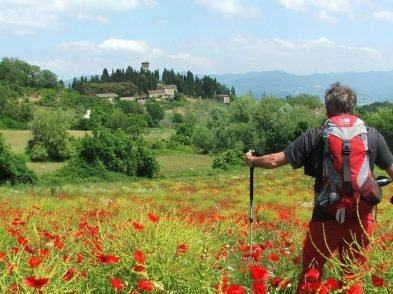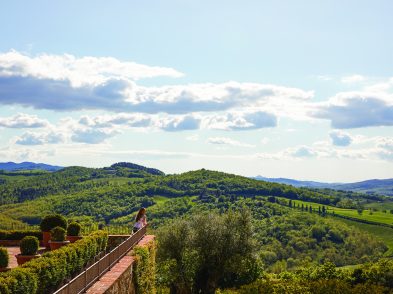A green community in the upper Mugello valley, Marradi’s historical past was once riddled with uncertainty and devastation, but now its future looks bright and prosperous. Tucked in the lush Tuscan-Romagna Apennines Mountain range, the sparkling Lamone River surrounds this densely forested captivating area brimming with wildlife, nature walks and waterfalls.
History of Marradi
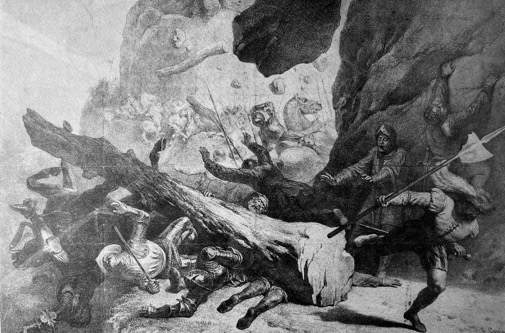
With a centuries-old, often tumultuous history dating to Roman times, the Ligurians, Etruscans and Gauls were the earliest inhabitants of the area. Following fierce invasions by the Goths and Lombards, the residents of Marradi found themselves under several dominions down the ages until the morning of July 25, 1358. At the Battle of Scalelle, the Marradesi made the brave choice to ambush Corrado di Landau, heroically defeating his 3,500-strong army and taking back their lands. Nearly 70 years later, in 1428, Florence successfully defeated Giovanni Manfredi, then lord of Faenza (today’s Emilia-Romagna), taking Marradi under its provincial and protective wing.
The Mugello valley suffered a devastating earthquake on June 29, 1919, in which Marradi lost many of its stately buildings. This damage was followed by the bombings of World War II, with the subsequent destruction of noble homes, buildings, roads and railway lines, not to mention the significant loss of life. The Liberation of Marradi occurred on September 25, 1944. Every year, the village’s inhabitants are remembered for their efforts to rebuild the community.
Marradi today

The great Italian poet Dante Alighieri traveled through Marradi on his way to Ravenna after being exiled from Florence: the famous Dante Train retraces his journey for locals and tourists alike. Marradi is also the birthplace of the visionary poet Dino Campana, who is a source of pride for the local community—his birthday is honored every year on August 20.
Fast forward to the present and ancestral bonds are still prevalent within the community. The Marradesi still retain strength and courage as well as compassion and kindness. As you walk along the streets or stop by one of the many family-owned businesses, you will always be greeted with a smile.
Reached by car or train from Florence and Faenza, Marradi is a favorite destination for runners, cyclists and motorcyclists as they bravely traverse the Passo della Colla di Casaglia rising up to an altitude of 913 meters. Since 1973, the 100 km del Passatore ultramarathon takes place annually on the last Saturday in May, passing through the proud heart of Marradi.
While in Marradi, be wowed by places like the ruins of Rocca di Castiglionchio (Cosimo de Medici granted control of this former pagan fortress to the Fabroni family); the Animosi Theatre, built in 1792; the ancient Eremo di Gamogna monastic complex; the Marradi Library, which houses more than 11,000 volumes; and the Artisti per Dino Campana Contemporary Art Museum.
Make your way towards the center of the village along via Fabroni and your eyes are met with the 500-year-old Palazzo Torriani, as well as churches, a host of specialty food, bread and pastry shops, florists, pet shops, gelaterias, cafes, hardware and home furnishing stores, clothing and jewelry shops, restaurants, pizzerias, a pharmacy and a post office. The 16th-century Palazzo Fabroni and council offices are situated in piazza delle Scalelle.
With an array of activities such as mountain biking, hiking, fishing, outdoor markets, events and festivals for every season, there’s never a dull moment visiting and living in Marradi. None are more popular or renowned than the annual Sagra delle Castagne in October, where people from all over Italy and the world come to experience what Marradi is most famous for: Marron Buono chestnuts.
For more information on festivals and events in Marradi, visit Associazione Turistica Proloco Marradi

